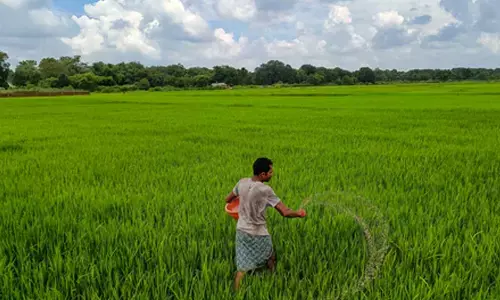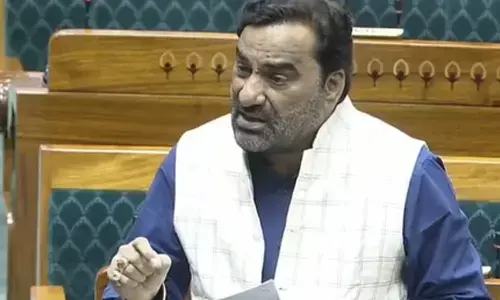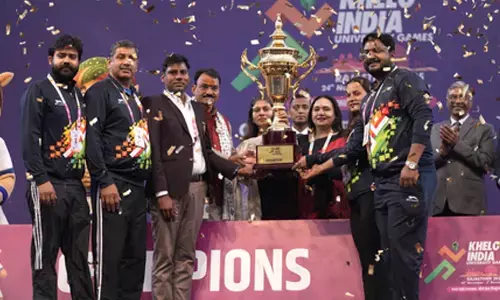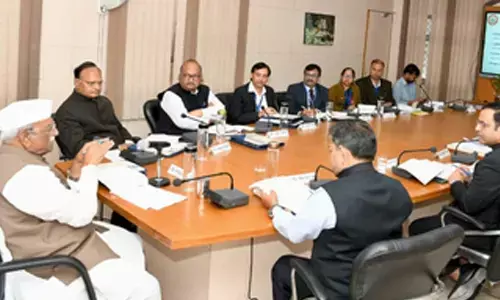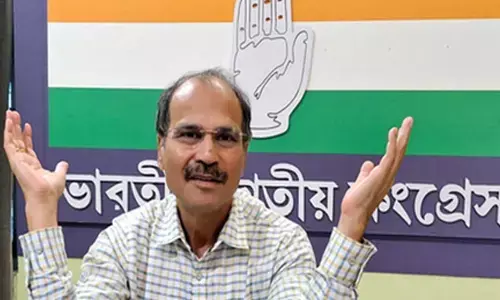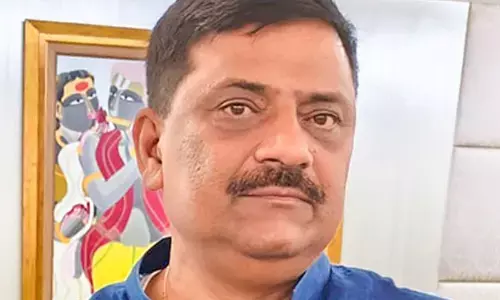Deccan Button Factory fades into oblivion
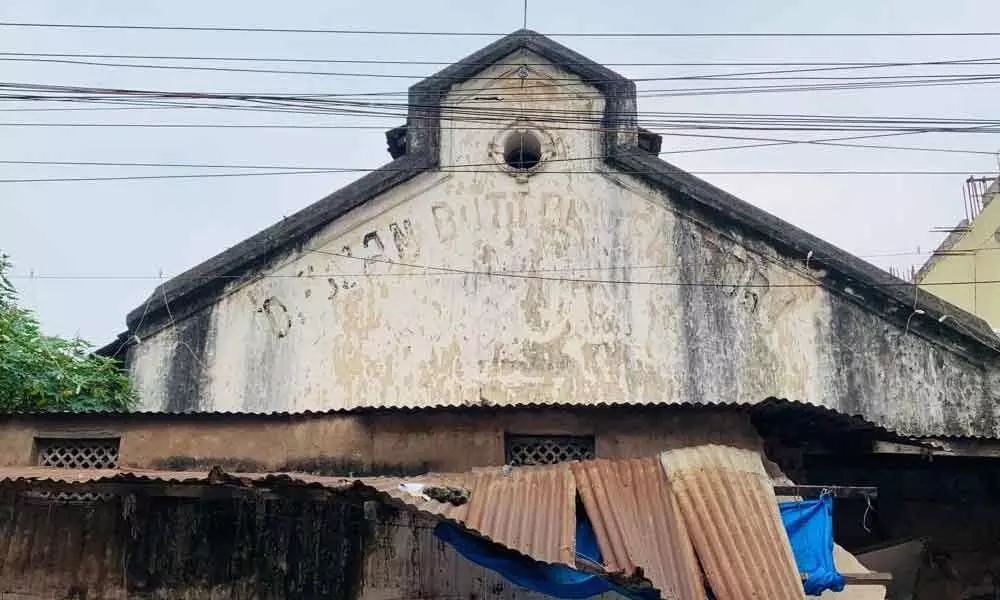
Deccan Button Factory fades into oblivion
The Hyderabad, part of Deccan peninsula, is noted for its architectural monuments like Charminar and Golconda Fort.
Hyderabad: The Hyderabad, part of Deccan peninsula, is noted for its architectural monuments like Charminar and Golconda Fort. There are a multitude of historic masjids, temples, churches and bazaars in the city. The Hyderabadi bangles and the lip-smacking biryani remain everyone's favorite. Besides all these, the Deccan was also noted for making gold and silver buttons which were worn by the Nizams, other royals of the country, military besides police officers.
In the narrow by lanes of Old City in Shibli Gunj, Hussaini Alam, there nestles the Deccan Button Factory, which was famous across the country for producing gold and silver buttons. It was established by the Nizam VI Mir Mahboob Ali Khan in 1916. Buttons made there were unique and royals of Deccan and other States used to wear sherwanis, coats and other dresses with the buttons made in Deccan with gold and silver threads.
"The button machinery was brought from England and installed here. Though the factory is not producing buttons, the century-old factory machinery is intact and maintained by the descendants, who used to run the factory," said Anuradha Reddy, convener, Indian National Trust for Art and Cultural Heritage (INTACH).
According to historians, button factories were established on a large scale during the period of Nawab Tahniyat Ali Khan (Nizam V), specially during the period of Nawab Mir Mahboob Ali Khan (Nizam VI) and Mir Osman Ali Khan (Nizam VII). Distinctive buttons were used for the staff of each department. They were made according to post of higher officials and dignitaries and were coated with gold, silver and other metals.
The factory was famous for its ornamental work. There were numerous designs, shapes for different occasions. They were made in round, oval, square shapes; most royals preferred round ones in different colours with coating work to make them attractive. The buttons made were unique and famous all over the country," added Anuradha Reddy.
"A few workers along with expert artisans were used to make the buttons in the factory. Later, after the end of the Nizam's era, it continued to provide buttons to royal families," she added further.
The factory was closed decades ago. With urbanisation, a part of the factory was demolished in road-widening. Still the main area where the machinery was installed remains intact and one can see it passing the Hussaini Alam road.
The back of a button is usually entirely covered with a long cast inscription giving the name of the manufacturer and area, registered pattern number and trademark, such as crossed flags with a star and crescent over them and 'Made in Deccan' carved on it.
Mohammed Mouzam Farooqui, a sexagenarian of Old City, said that still the 'Made in Deccan' buttons were being used by the city royal families. "In those times, all royals used to use these buttons. Their grandsons and great-grandsons use them on their sherwanis and coats," he added. If one finds a button to purchase it, the cost would be high as it is a unique piece.








